This post was written by Erik van Mechelen and takes the lens of Octalysis, a human-focused design framework built by Yu-kai Chou.
From first principles
Management is meant to facilitate the best use of people and their skills/talents toward productivity in pursuit of an organization’s objectives. This is what management is (in my words).
Management fits into a larger structural system, which could be flat or hierarchical or hybrid. (Big misconception: Holacracy = Flat…it doesn’t.)
I previously wrote about the Holacracy experiment at Zappos led by Tony Hsieh, which took about 2.5 years to get up and running for a 1,000-employee company. As I learn more about Holacracy itself and do more thinking about leadership and management and productivity, I can’t help thinking about why some systems work for some companies and not for others.
What distinguishes a framework that works in one instance but not another?
In this article, I’ll take a think through some possibilities in the context of Zappos’s continued experiment with Holacracy and Medium’s decision to abort it.
What is all the fuss about?
First, we need not be results-oriented. Just because Medium decided to go in another management direction doesn’t mean Holacracy couldn’t have worked for them, if given enough time. There are many companies Holacracy is working for and many for which they have tried and decided against it. In Medium’s case (as opposed to Zappos’s), we don’t have the luxury of seeing that future play out.
First, let’s all be on the same page about Holacracy in theory…
To nullify the largest misconception
From the HolacracyOne team:
And this one:
When criticism can be summed up in 5 seconds…
There have been posts about the overhead and the tedious structure (even though the structure creates freer role assignments). Dilbert above pokes fun at the jargon, but what structure or domain have you seen that doesn’t have jargon?
In this article, an outsider Alexis sums the book about Holacracy and provides pointed feedback, positive and critical.
She feels it’s great for removing negativity (the stories we tell ourselves about our managers), but less strong from a self-management approach.
Alexis also points to the emphasis on implementing Holacracy slowly. However, Tony Hsieh tried this, then preferred a fast implement. Perhaps there are different approaches to implementation if your company is already large.
And it has worked for some
Like Blinkist, which applied Holacracy to its organization structure (which they call Blinkracy) and steadily incorporated new areas like Product and Publishing, then Growth and moved roles between circles and merged circles. They started with a Holacracy approach from the beginning and hired people they felt would fit the model, too.
And Zappos. Well, Zappos took 2.5 years to fully integrate the model. This is impressive for a company of more than a thousand employees. As an outsider, that feels like a huge win.
But not for everyone (like Medium)
The story of why Medium abandoned Holacracy was told by the founder Ev Williams.
Here’s what Ev said leading into Holacracy…
“Holacracy is the opposite of the cliché way to run a startup. People think “freedom, no job description, everybody does everything, it’s totally flat, and that’s cool because we’re all down with those rules”. But actually that creates tons of anxiety and inefficiency, and various modes of dysfunction, whether we have to build consensus around every decision, or I’m gonna do a land grab for power… People romanticize startup cultures, but I know it’s fairly rare that people in startups say “this is it, it is amazing and everybody is super-productive and going along”. So in Holacracy, one of the principles is to make the implicit explicit — tons of it is about creating clarity: who is in charge of what, who is taking what kind of decision — and there is also a system for defining that, and changing that, so it’s very flexible at the same time.”
In essence, by adopting Holacracy he was looking for more productivity (CD2), more directed freedom (CD3) with a dose of ownership (CD4), and better between-employee relations (CD5).
You can see his emphasis on culture and wanting to get the principles right.
After Medium decided to move away from the system, Ev said this:
Holacracy is a system, based on a set of principles. It is not the principles — it is the system. To move away from Holacracy means we are changing a system — not our principles.
He went on to say this:
One of the cool things about Holacracy is it can be applied to any type of organization. But by their nature, general purpose frameworks often carry with them more overhead than something purpose-built (but more limited in scope). So it’s common when your organization or application grows to trade third-party solutions for home-rolled ones, which are more efficient for your particular use case.
This comment reminds me of a principle at the heart of Octalysis, that when designs work best they are human-focused, not function-focused.
It also reminds me of various technology decisions I was privy to at Target. Should we go with off-the-shelf, hybrid, or homegrown? It depended.
Jean Hsu, who was an employee who commented about how the framework was in practice. One aspect she liked was Dynamic Roles.
Dynamic roles: This has empowered me to dynamically change the overall composition of my work at Medium over the course of almost four years. I started off as an “Engineer,” and stepped in and out of occasional “Project Lead” roles. Last year, I spent some time filling organizationally important roles for “Engineering Onboarding,” and I took on a more permanent “Group Lead” role, which maps roughly to the people management aspects of an Engineering Manager.
Even when her title didn’t match her actual role at the time, she did know what her role was (so, good CD4 through ownership).
However, was this ownership at the expense of Core Drive 3: Empowerment of Creativity & Feedback? This isn’t clear.
Is there enough creativity?
The core of the issue to me is: does the system inspire enough empowerment of creativity & feedback (CD3)?
If given enough rope, almost anyone is willing to do things outside their role. If I’m passionate about doing something, I’ll do it.
But when it takes energy to figure out what my roles are day to day within a tricky and rigid (but also dynamic?) structure, maybe I’m left with less energy for that 10 or 15% where I could dive into something above and beyond?
This was brought up next by Jean, in the same reflection:
Innovation token cost: I love this idea that Dan McKinley wrote about of startups having a limited number of innovation tokens. While his post is about a company’s tech stack, I think it extends into general processes as well. Despite all the positives (and I do think it’s been an overall net positive) for Medium, Holacracy cost an innovation token, because it’s not what most people know and expect.
Leadership behind it
When I worked at Target, it was trying to go through a digital transformation. It wasn’t always clear what this meant, but at one juncture all the leadership started using our internal social network. This started a lot of buzz and was from that point on a great place to seed big changes in the company. People across categories and businesses were emerging from their silos and talking.
It was the start of a culture change.
The question remains for me. Is a certain culture required for Holacracy to work? If so, what kind of culture?
Or, can Holacracy work for any business?


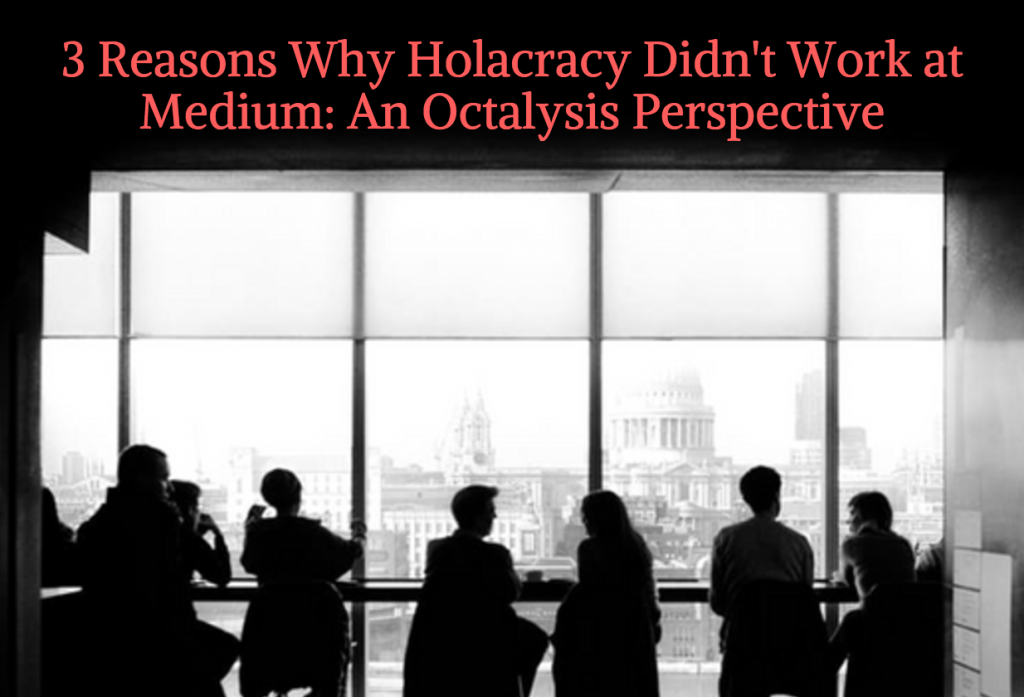

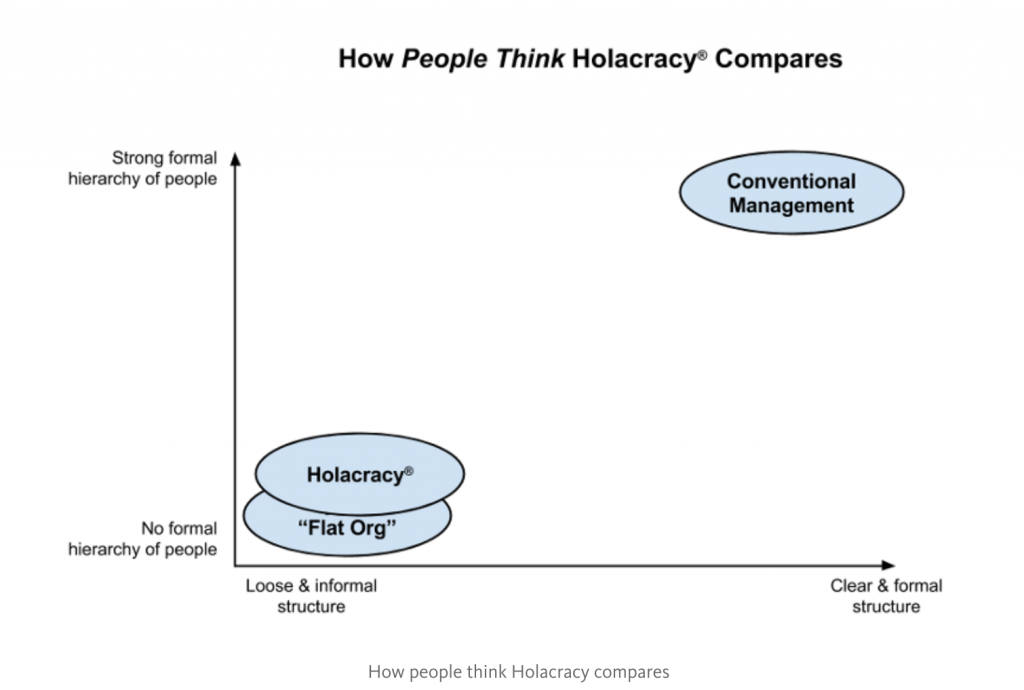
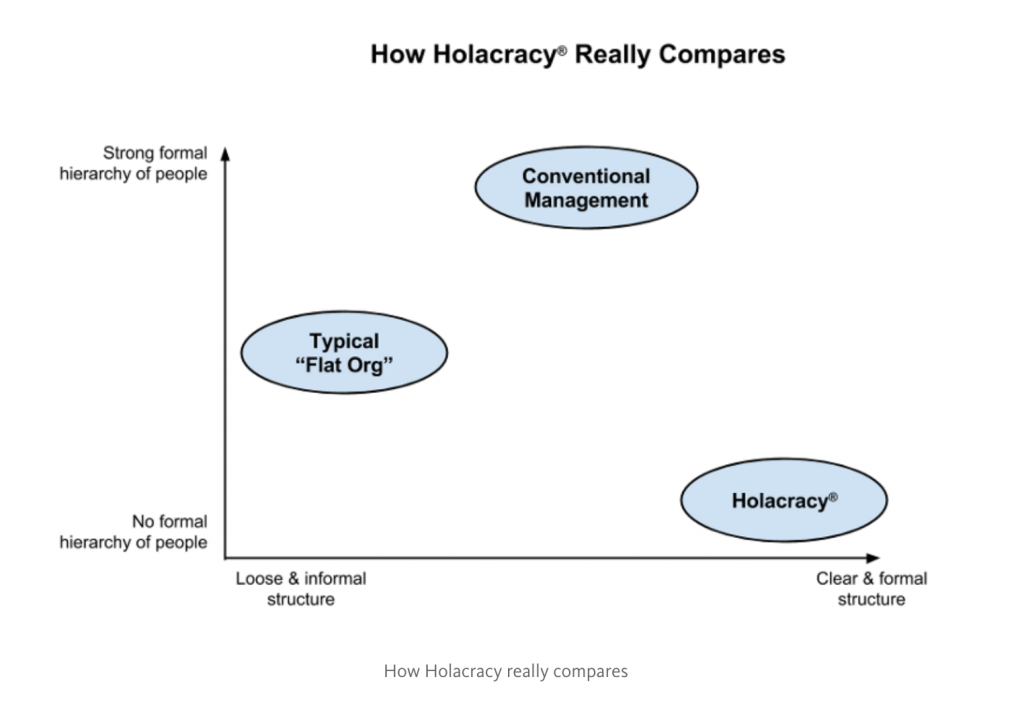
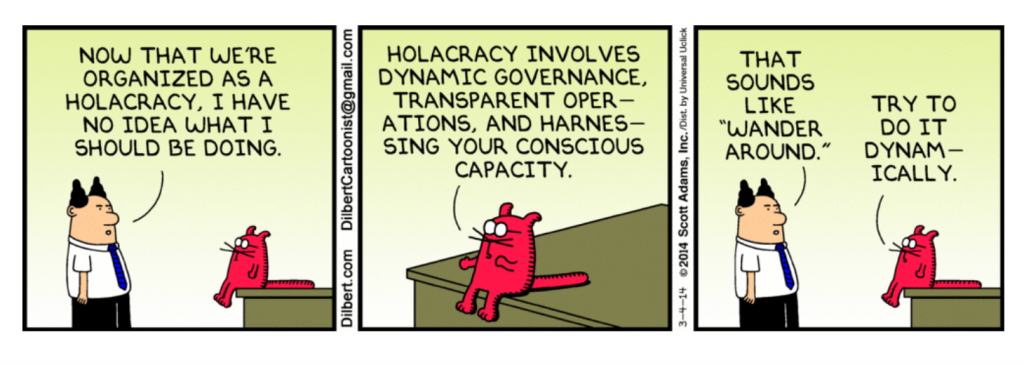
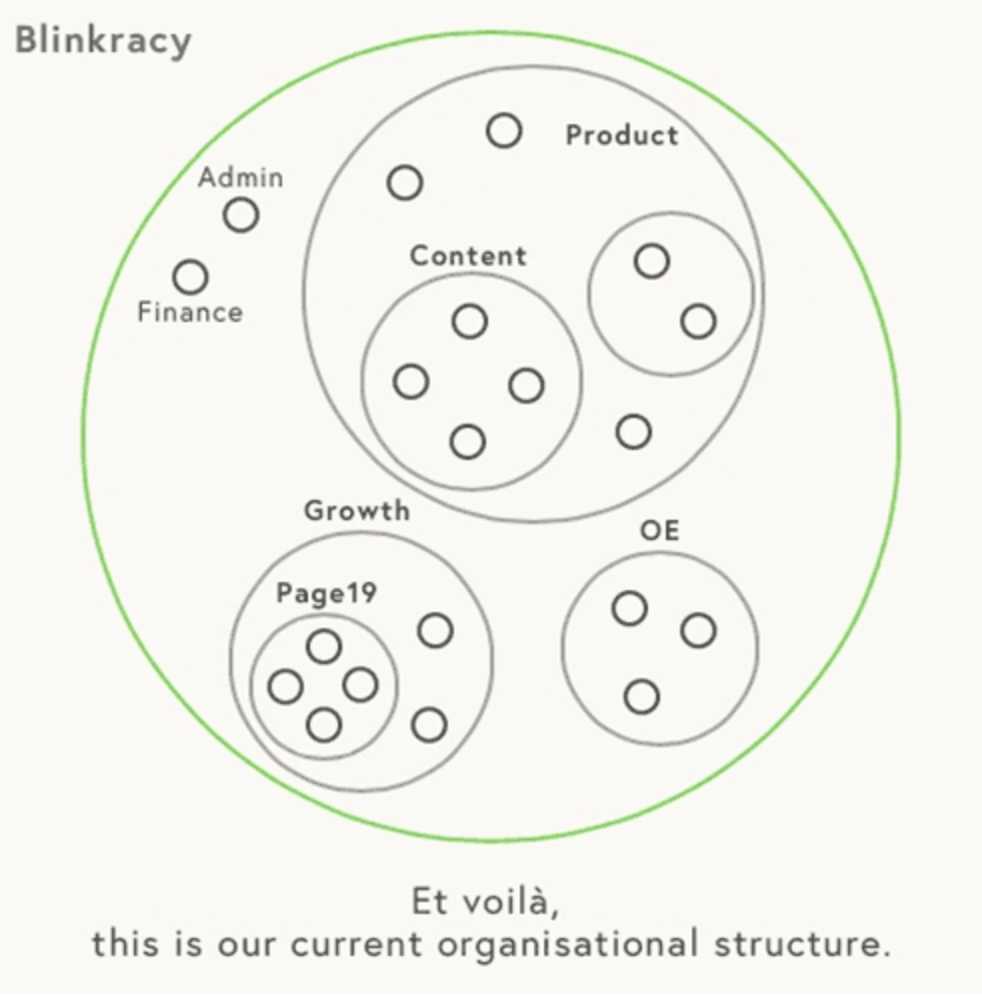



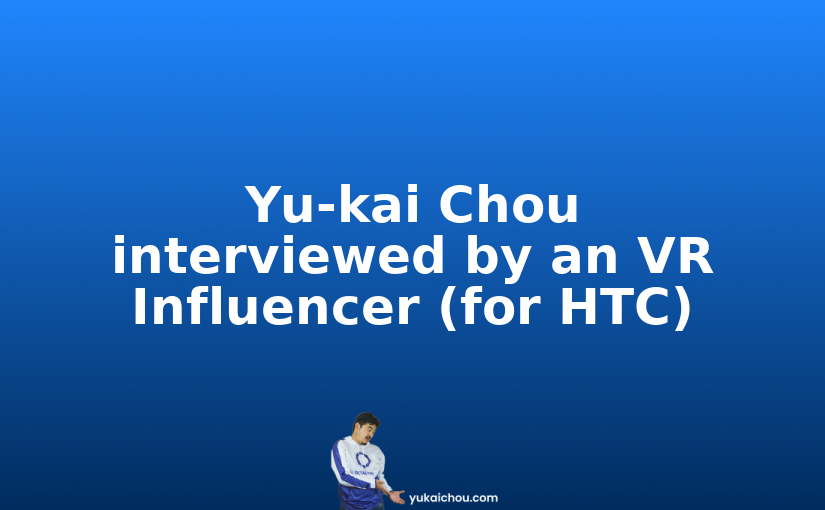

One response to “3 Reasons Holacracy Didn’t Work for Medium: A Perspective from Octalysis Design”
People feel almost by intuition that structures ‘must’ stifle creativity, and therefore espouse the romantic notion of work which can be free of limitations and therefore unleash the creativity of employees. In reality, of course, without any constraints the scope for creativity is reduced, because their is no yardstick to measure innovation, which is not just about ideas but about implementation too. More prosaically, if people find themselves without any clear definition of the work they need to do, they will find it necessary to create their own routines, frameworks, lists and so on, so that they can measure progress (CD2) through this work. On an individual level, or in very small organisations, this might indeed make for creativity, but in larger organisations, which have a purpose beyond the individual, productivity (including in creativity) will be reduced by people having to experiment to discover whether their definitions of their roles fit in with the organisation’s overall purpose.